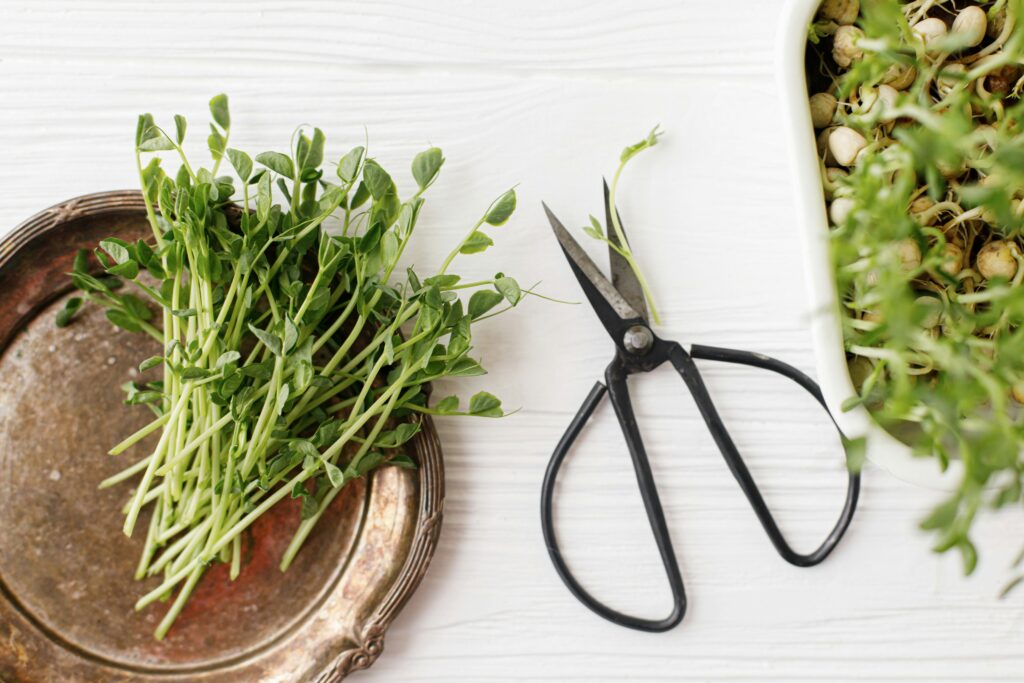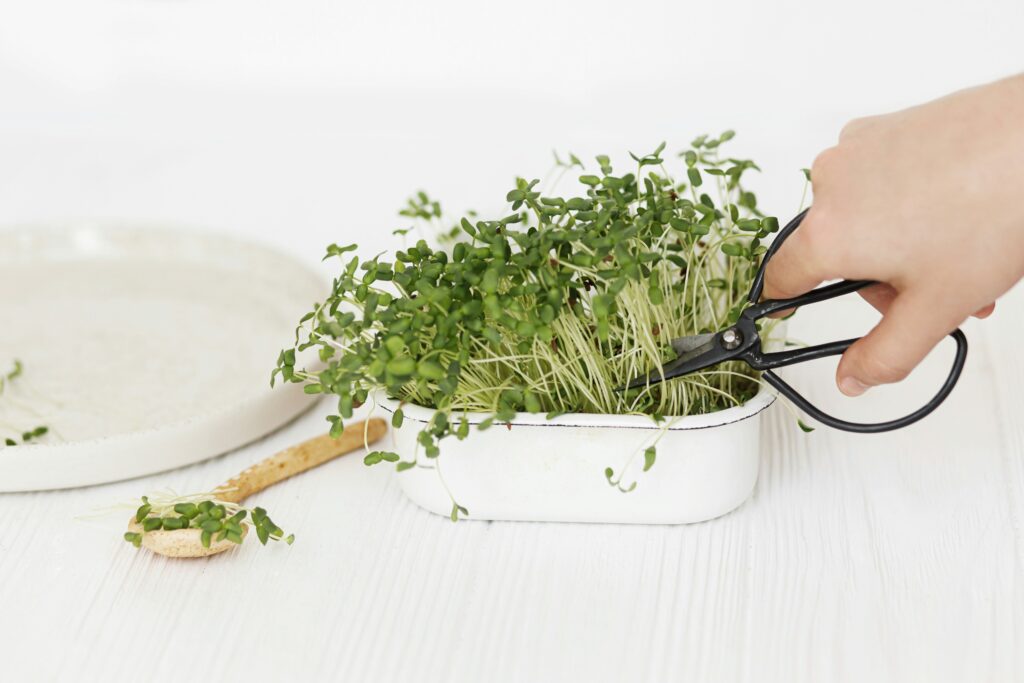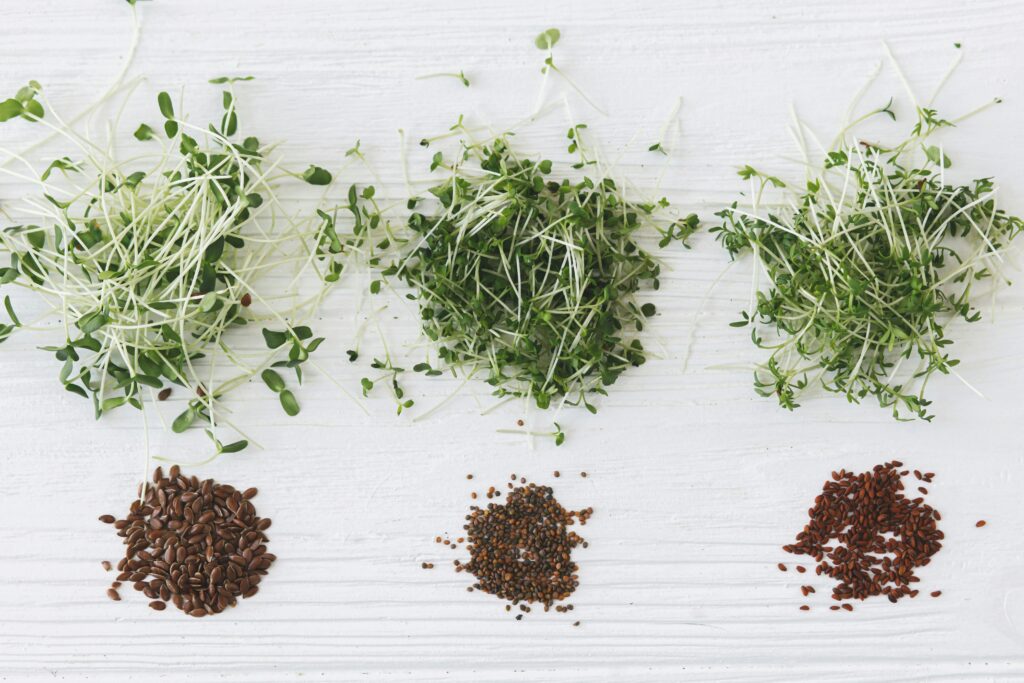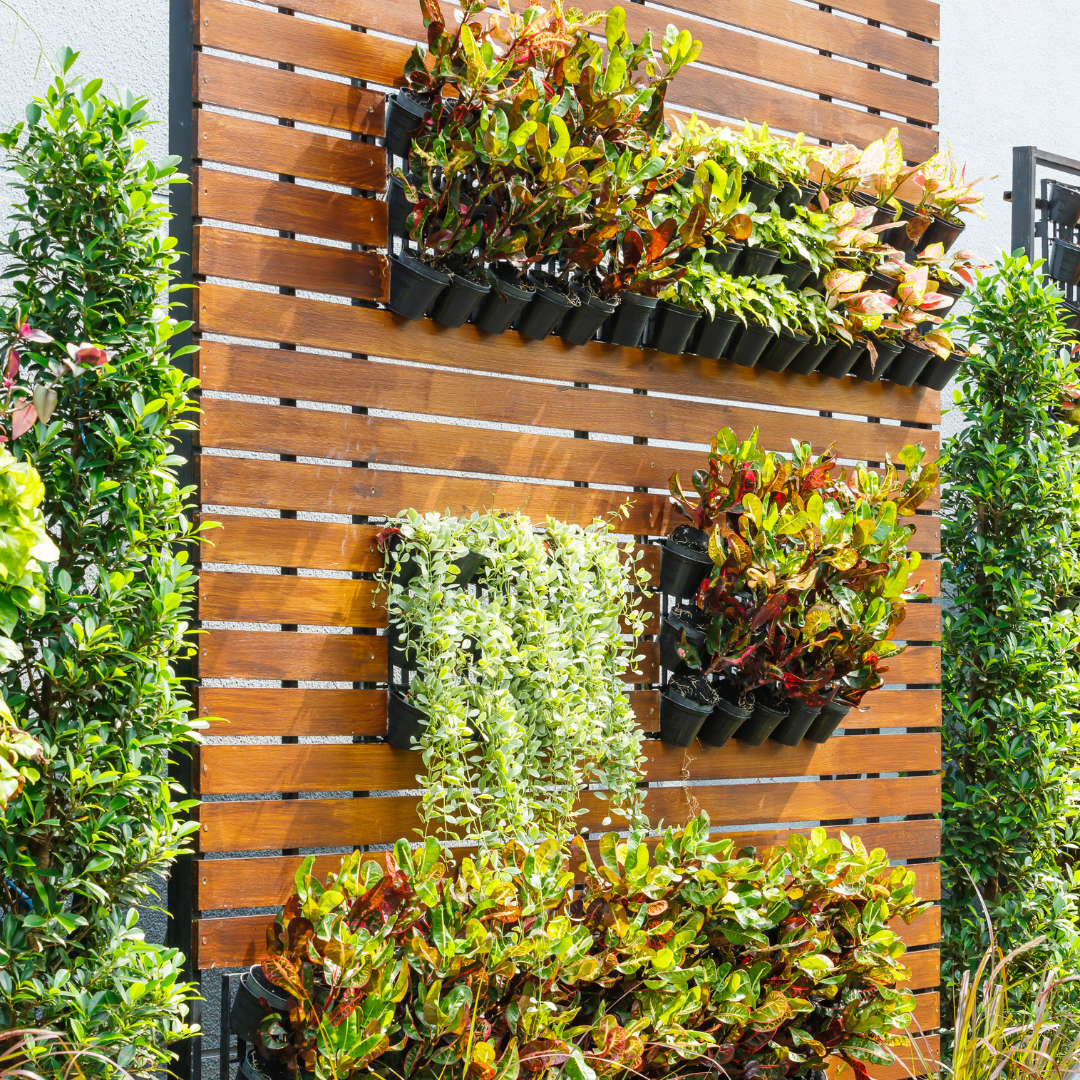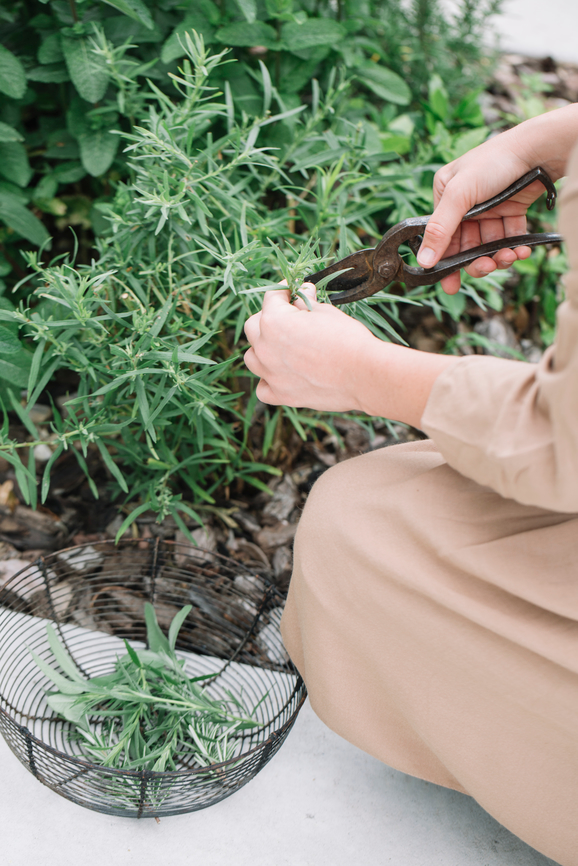Microgreens Overview
Every single plant can be categorized as either a monocot or a dicot, this distinctive separation is based on if a plant, once sprouted, has one (mono-) or two (di-) cotyledons (first leaves). Majority of vegetables (with the exception of corn) are generally dicots, and begin growth with these two leaves. So, when we speak of microgreens, it’s the stage when these first (two) leaves sprout, and in some cases when the first ‘true leaves’ appear. True leaves, which grow following the cotyledons, will resemble the adult leaves, while the former tend to be simpler shapes and thicker. Keep in mind that microgreens are also often confused with sprouts; which are germinating plants prior to having any leaves.
At the microgreens point they are packed with nutrition. While each species tends to have a slightly different makeup, most are rich in vitamins (like A, C, E and K), minerals (including but not limited to calcium, magnesium, iron, selenium and zinc) and various antioxidants. Think of it like as the concentrated punch of the nutrition you’d have in full sized vegetables; but with these you get more bang for your buck so to speak.
Taste and Uses
Often described as holding notes of their eventual full-sized vegetables, microgreens, are earthy and green. If we say something tastes green, we feel there is an association to the taste that everyone can make. For the most part, they are eaten raw and can be utilized just about everywhere. Often as a garnish, a final sprinkling to enhance flavours; but they can also be used for much more. Add them in layered food items like sandwiches, burgers and even tacos. As a nutritional kick to smoothies and juices. To bring out flavours in egg dishes, soups and salads. And what is almost most appealing, is that there are no rules. They can easily be grabbed and added to anything you’re willing to try.
Our Favourites to Grow
Broccoli
Essential for the beginner, broccoli is extremely rewarding in harvest and requires little troubleshooting. Grown in soil, they are generally ready in 7-10 days. The flavour is mild brassica, which makes these an excellent option for packing some nutrition to most dishes.
Radish
With a quick turnaround, about 5-12 days till harvest, radishes in microgreen form provide more of a kick than their grown counterparts. Furthermore, the “spice” is an excellent pairings to sweeter fruit salads, savoury sandwiches and protein-forward meals.
Arugula
This microgreen should be attempted once you have a few successful rounds under your belt. Arugula can be tricky and therefore we would classify it as an intermediate level. Seeds do not have to pre-soaked and do well in both soil and hydroponic systems. Similar to radishes, they provide an intense flavor boost and tend to run on the spicier side. Harvest in 6-12 days and add to elevate the flavours in soups and salads. If you’re feeling particularly adventurous, try making a pesto using this and the next pick on our list, basil.
Basil
This favourite herb is just as impactful in this younger form. Again, not a recommendation for true beginners, as similar to arugula, common mistakes can affect success. Particularly when seeding, be sure to keep one even layer to always allow ample air flow. Daily double misting is best. Harvests are generally ready in 20-25 days. Use in similar place of the adult herb, with a slightly different texture and milder taste.
Kale
Unlike our other selections, kale is fairly versatile with its growing requirements. It grows well on soil and on fibre mats like hemp or bamboo. Estimated time to harvest is usually around 8-12 days. This particular microgreen is often selected over the fully-grown leaf as the flavouring is more subtle and mild. Swap in where you would the adult plant and consider adding to your favourite smoothies.
Tips for Success
Start small and start slow; advice that is applicable to almost all new and exciting endeavours. It’s better to build off of your successes than to get overwhelmed and potentially feeling discouraged to try again. Keep a journal or note your progress and your daily activities. This allows for easy-troubleshooting if needed. Remember that although the growing process is similar across the board, the subtle differences between species should be understood. Select your varieties carefully, researching and answering the following:
- What growing medium is recommended?
- What does the daily watering requirements look like?
- What kind of tray or growing system should/will you be using?
- Do your seeds need a pre-soak before beginning
- How should you place your seeds, can you stack?
- Do you need to use any blackout domes to help your microgreens get taller?
- Should you harvest at the cotyledon or first leaf stage?
May you enjoy nature’s green confetti! Deepen your connection with nature, in even this small way. Tending to and caring for any kind of plant life, especially ones that you eventually harvest, is extremely rewarding. If you don’t already, be sure to follow us on Instagram and Pinterest! Looking for more reading and inspiration on all things home, gardening and lifestyle? Check out the The Wild Blog.

